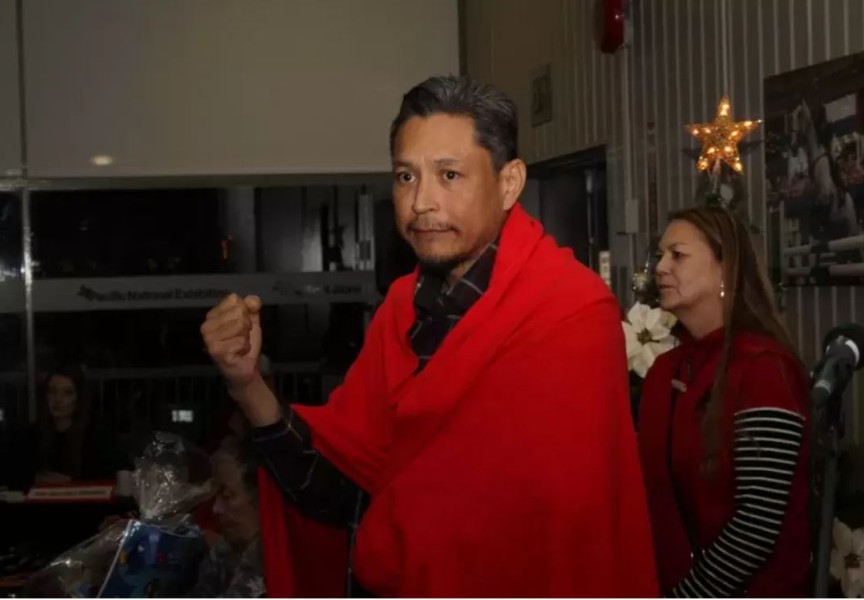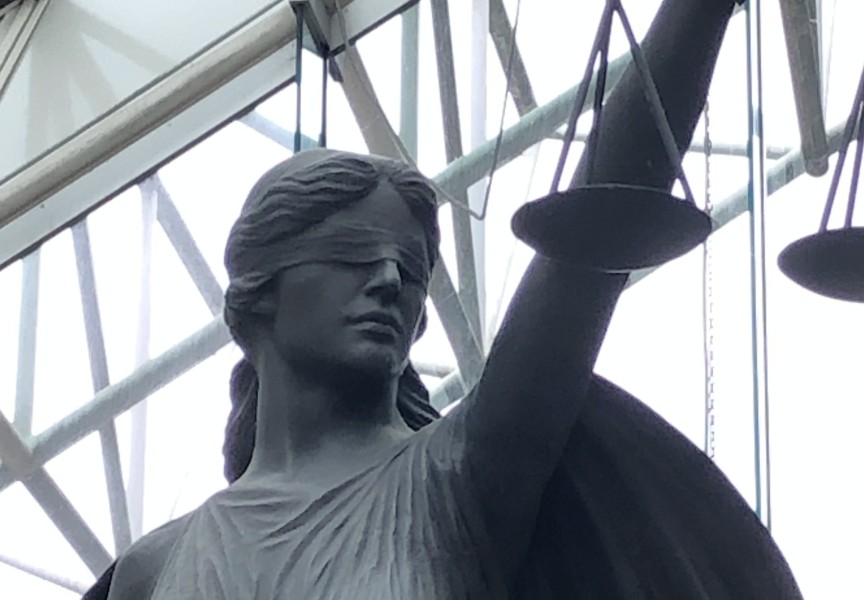A recently released University of Victoria report of the Canadian Reconciliation Barometer shows that Canada’s Indigenous and non-Indigenous people continue to have significantly different experiences, with areas of disagreement around reconciliation.
The first report was developed by a team of Indigenous and non-Indigenous researchers in response to the Truth and Reconciliation Commission’s (TRC) Calls to Action. The project team hopes the findings will inform public policy.
“The barometer is an effort to measure the social distance between Indigenous and non-Indigenous people in the country,” Said Ry Moran, co-investigator of the project and UVic’s associate university librarian on the topic of reconciliation. “The TRC itself is quite clear across multiple calls to action that on-going monitoring, assessment and production of data is vital to understand whether or not we are succeeding in achieving reconciliation. This particular report was one aspect of some of that work and there’s still a lot more to do.”
Research for the report included careful analysis of what residential school survivors said themselves about what reconciliation is and is not, focus groups from across the country and surveys from around 3,600 people.
Moran said a key finding in the report shows Indigenous and non-Indigenous people feel they’re living in quite a different Canada. One example of this gap is the difference in understanding the harms inflicted by residential schools. Findings suggests that despite the clear gains in education, much more needs to be done to inform Canadians about the impact of residential schools, as well as Indigenous peoples’ experiences more broadly.
“How we understand history, how we understand equality, how we have trust in our institutions, how we really feel is showing up as being quite different,” Moran said. “The report shows there’s relatively not a lot of trust yet either… and I think there’s very good historical reasons for that. Indigenous people have long been promised many things and have heard all of the great promises and often have not seen those come to fruition.”
Another key takeaway from the report, Moran said, is that as a whole, Canada is quite aware of the fact that Indigenous people face structural and personal inequality.
“So the question is, if we know this then why are we not doing that much about it? The action component is so critically important,” Moran said.
On a positive note, Moran said the report shows there’s a mutual understanding between Indigenous and non-Indigenous people about the importance and vitality of the First Nation’s art sector in the country.
“This repot is quite clear that Indigenous art at large is playing a very, very important role in helping build better relationships and helping be essential in deepening Canadian’s understanding of what this country really is,” Moran said.
Moran pointed out the report shows where Canada is at today, and more research will need to be done in the future to see what changes have been made and whether trust amongst Indigenous people is improving or worsening.
“We’re not the same country everywhere and some specific solutions and approaches need to be adopted in specific regions,” he said. “If we are doing our collective work of reconciliation then we should see inequalities lessening, we should see trust building, we should see decreased disparity in terms of our understanding of past present and future.”
Ahousaht member Wally Samuel, who lives in Port Alberni, says where he sees a gap in working towards reconciliation is for First Nations members who don’t live on their reserves.
“Many of us live in the cities and many of us are survivors of the residential school who never had a home to go home to and ended up in the city. So there are different things that have to be reconciled with for people who do not live in their villages or reserves and don’t have access to some of the things because of government policy,” Samuel said. “We fall through the cracks because of policies and when things do happen they’re not accessible to us. Our reserves are isolated, hard to get at and that’s where the administration is.”
Samuel added that there’s around 500 Ahousaht members living in Port Alberni, but when it comes to negotiations with the government around policy for their members, it’s done on reserve, so those living in the city aren’t typically involved.
“They talk about land and resources and I say, ‘Us people live in the city, we don’t have land and resources here. We need housing, we need employment, we need health services,’” Samuel said. “A lot of us can’t get to our villages where the programs are.”
Samuel, who attended the Alberni Indian Residential School for seven years, said that there’s a lack of understanding around Indigenous people’s experiences at residential schools.
“Most of my friends are Alberni Residential School survivors and most of us live in the city here,” Samuel said. “I do talks at the high schools about our governments and residential school experience…where some of us are at. There’s a lot of misinformation, or lack of knowledge, of exactly the situations of the majority of our Indigenous people.”
In working towards reconciliation, Samuel hopes the provincial and federal governments will talk to Indigenous people where they live and not just those who live on reserve when creating policy.
The full report on the Canadian Reconciliation Barometer project can be found at reconciliationbarometer.ca.







